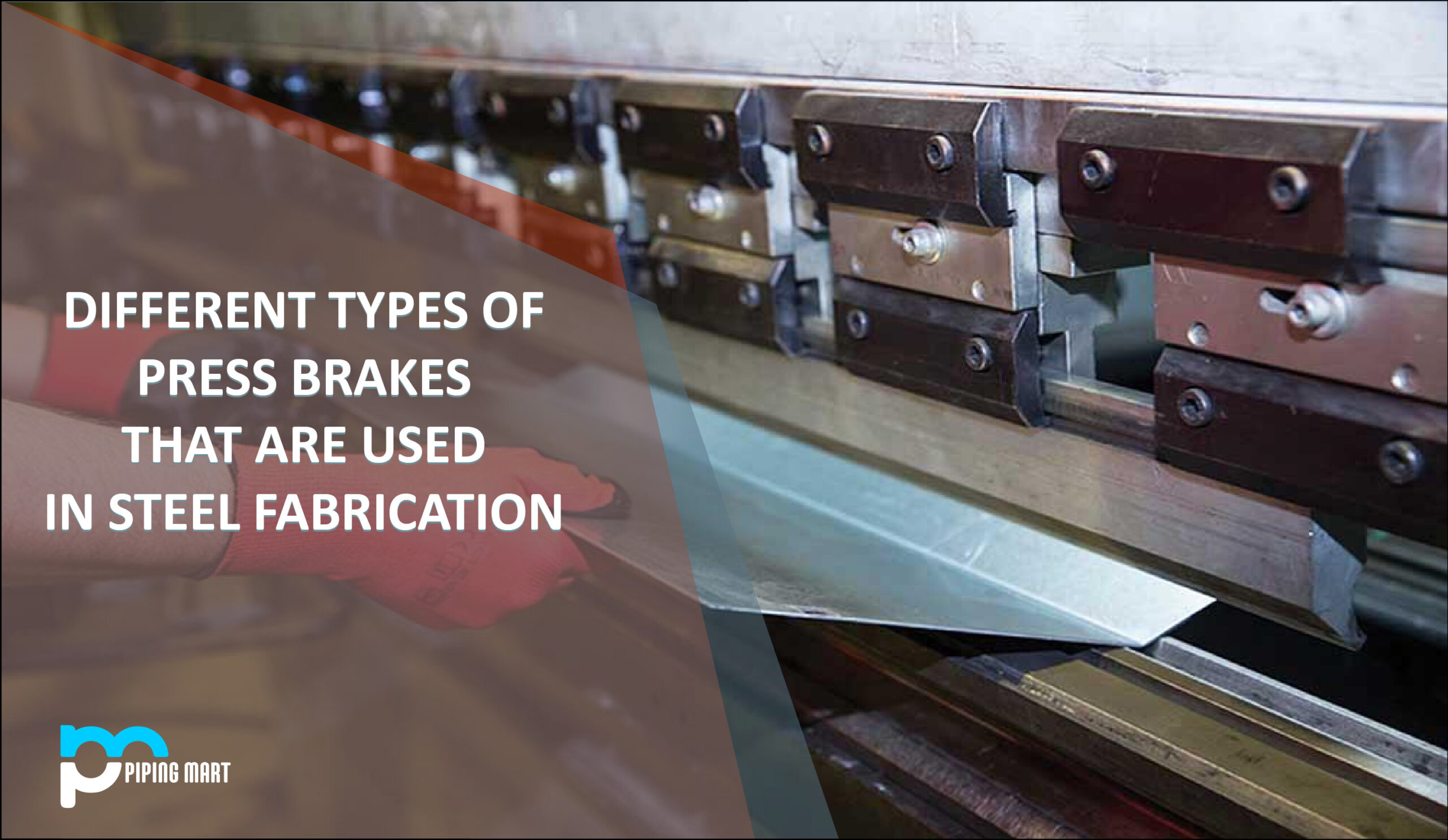When it comes to plumbing, a variety of valves can be used to regulate the flow of liquids. Two of the most common valves used in plumbing systems are gate valves and butterfly valves. This blog post will explore the differences between these two types of valves so you can make an informed decision when choosing which one is right for your project.
Gate Valves
Gate valves consist of a metal wedge attached to a stem that moves up and down inside the valve body. As the wedge moves, it either opens or closes off the flow path, thus regulating the rate of liquid flow through the valve. Gate valves are designed for on-off control only; they cannot be used to throttle or regulate fluid flow. They also tend to have high pressure drops across them due to their design, making them less than ideal for applications where the pressure loss is a concern. However, they are relatively inexpensive and durable, making them a popular choice for many residential plumbing projects.
Butterfly Valves
Butterfly valves differ from gate valves in that they use a disc instead of a wedge to regulate fluid flow. The disc is mounted on an axle that runs through the center of the valve body, allowing it to rotate either open or closed as needed. Butterfly valves can be used for both on-off control as well as throttling (regulating) fluid flow depending on how far open or closed they are turned. They require very little space compared to other types of valves and have lower pressure losses than gate valves, making them an ideal choice in applications where space is at a premium or pressure loss needs to be minimized.
Difference Between Gate and butterfly valves
Gate and butterfly valves are both open-close valves and they both can be used to control the flow of water, gas and other liquids as well as vapors. The main difference between them is the size; butterfly valves are generally much smaller, making them more suitable for applications where space is at a premium. Gate valves also feature a solid closure that is designed to shut off the flow in much higher pressure systems than those in which a butterfly valve would be used. Gate valves therefore require a greater force to open and close, whereas butterfly valves are best suited for applications needing only intermittent modulation of flow.
- Gate and butterfly valves are both types of valves used to control the flow of fluids.
- Gate valves are typically used for applications where a large amount of fluid needs to be quickly shut off, such as in an emergency situation. Butterfly valves are typically used for applications where a more gradual control of fluid flow is needed.
- Gate valves have a disk that slides up and down to open and close the valve. Butterfly valves have a disk that pivots to open and close the valve.
- Gate valves are more likely to leak than butterfly valves. Butterfly valves are less likely to leak than gate valves.
- Gate valves are typically more expensive than butterfly valves. Butterfly valves are typically less expensive than gate valves
Conclusion:
Whether you are a professional plumber working on a complex commercial project or a DIY homeowner looking for some guidance on your next plumbing project, understanding what type of valve is best suited for each application is key to getting reliable results from your work. In this blog post, we discussed two common types – gate valves and butterfly valves – along with their respective advantages and disadvantages so that you can make an informed decision when choosing which one is right for your project!

Meet Bhavesh, a seasoned blogger with a wealth of knowledge and experience. From metal products manufacturing to retail, Bhavesh has a diverse background in various industries and is dedicated to sharing his insights and expertise with readers.




